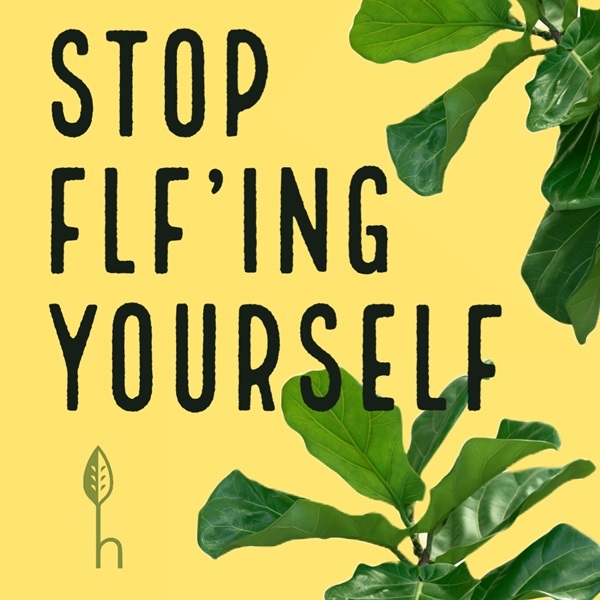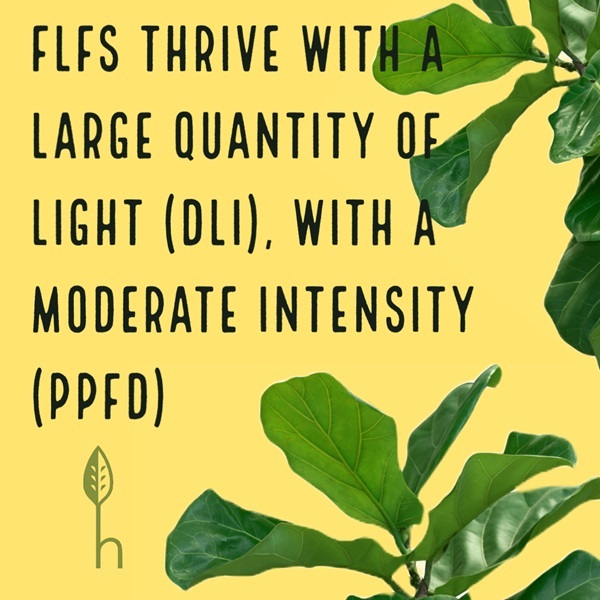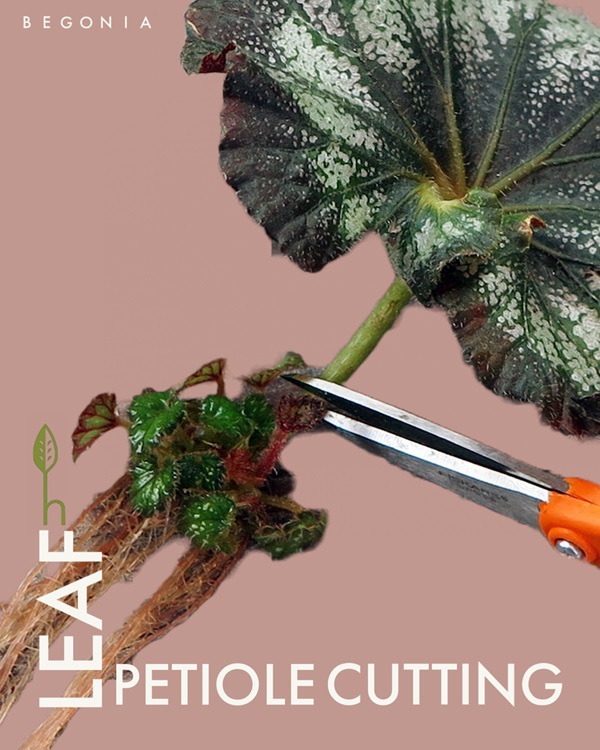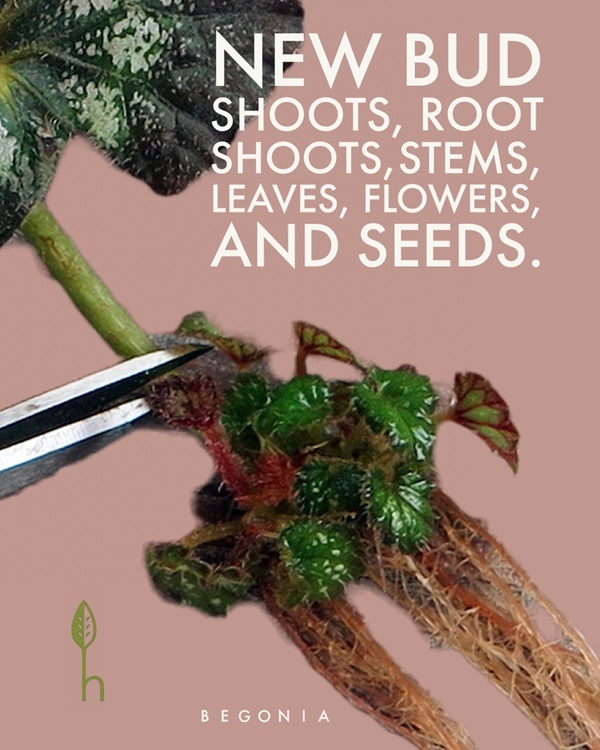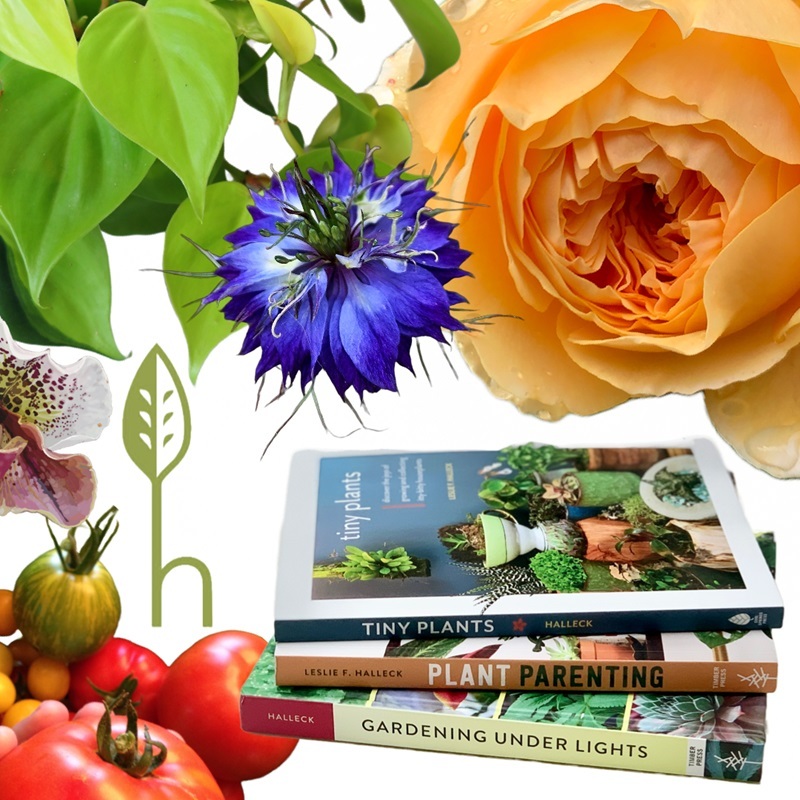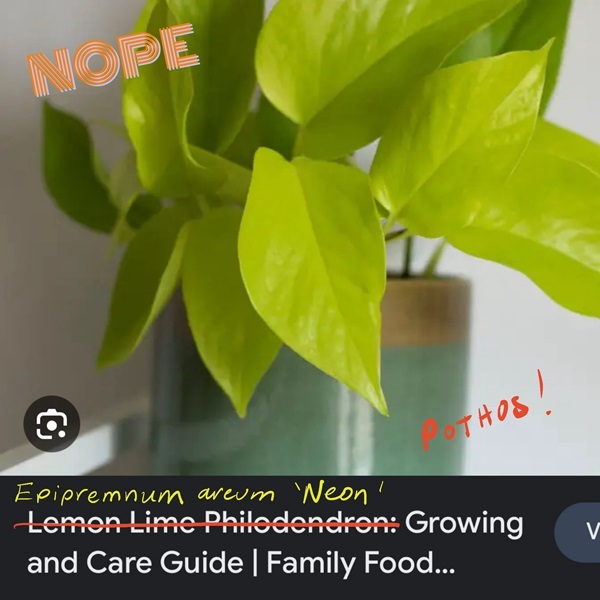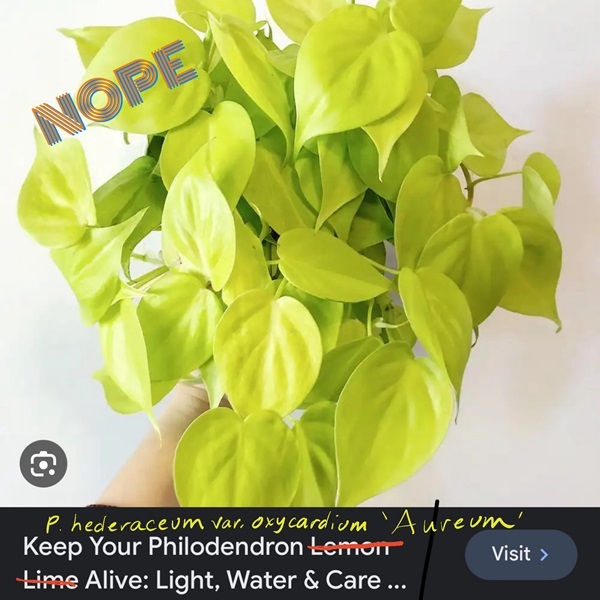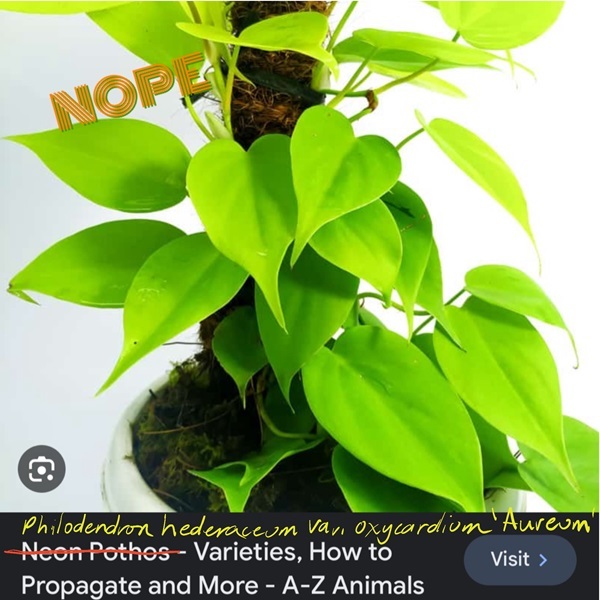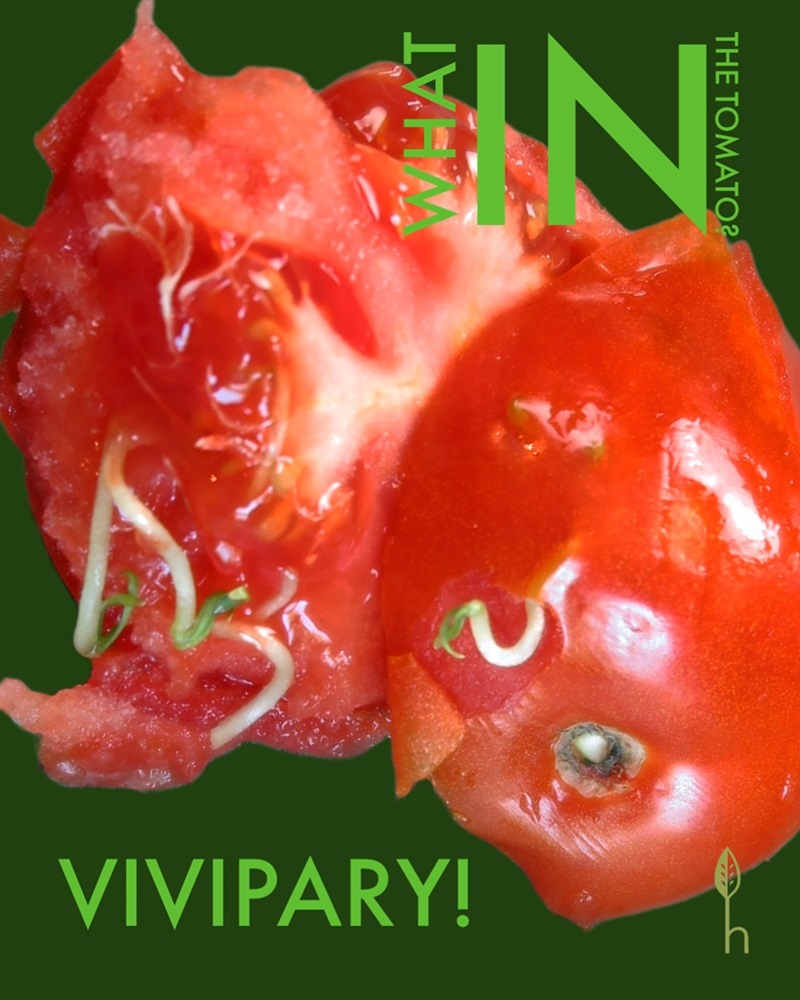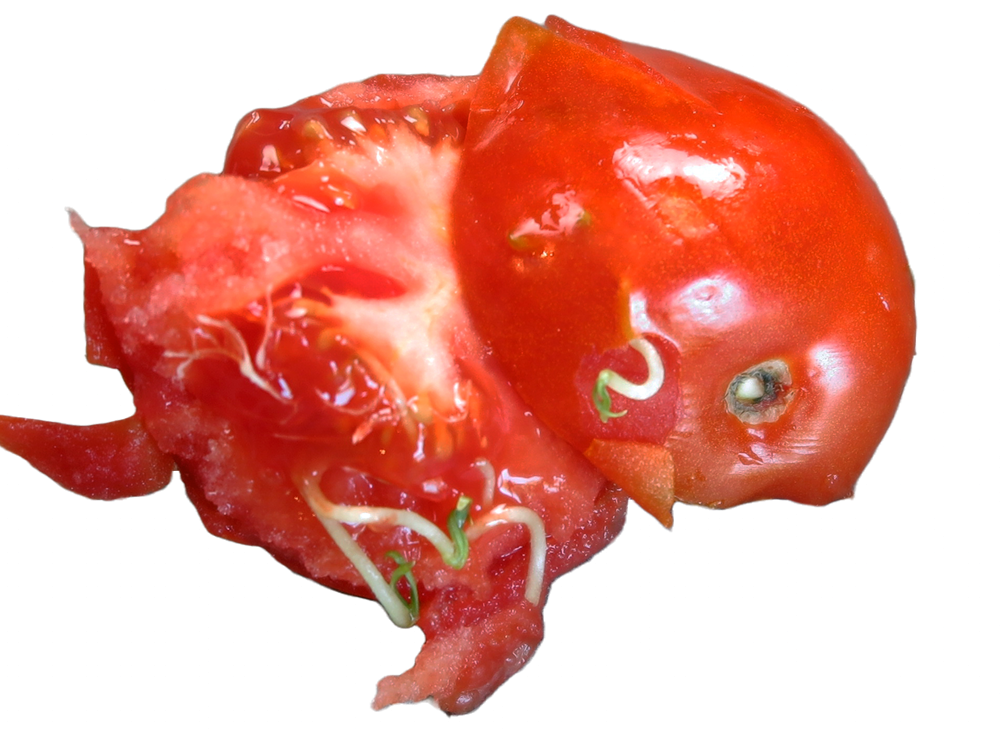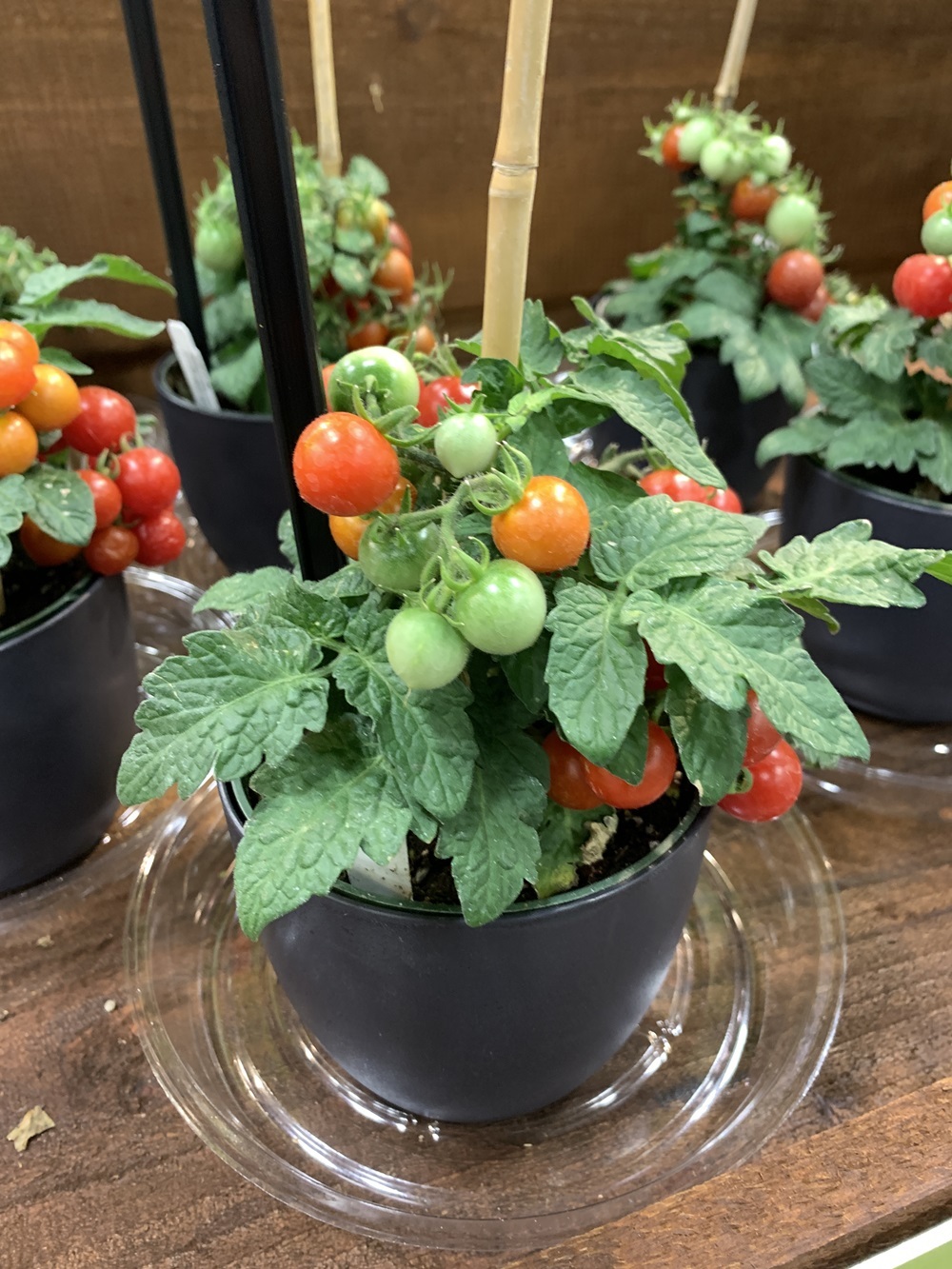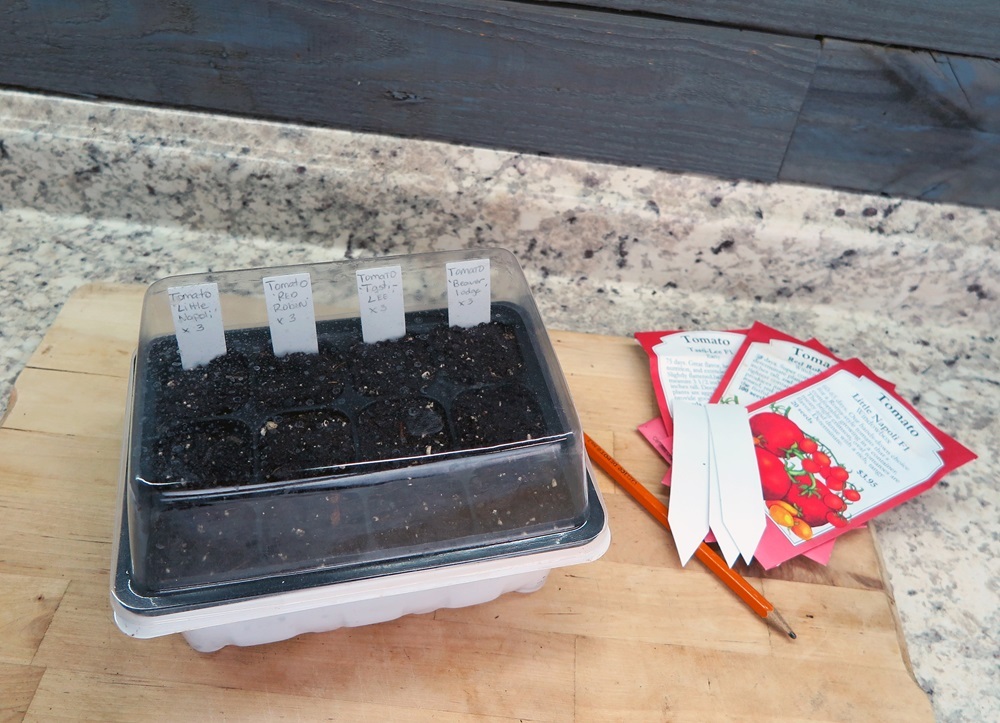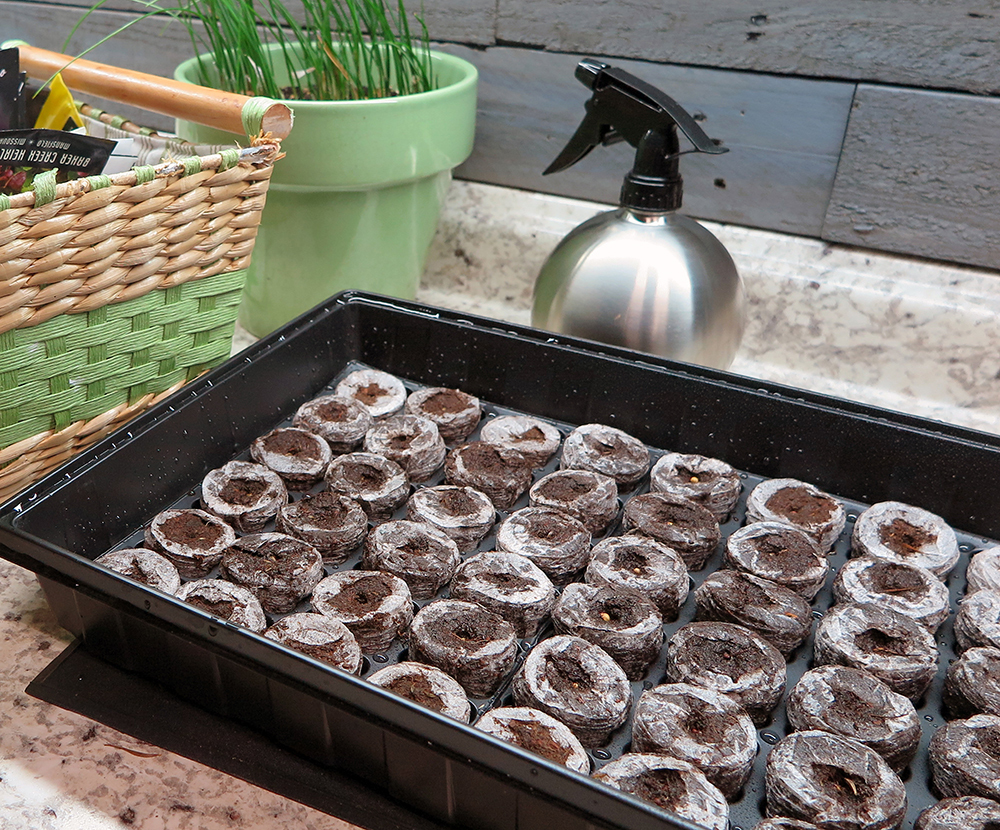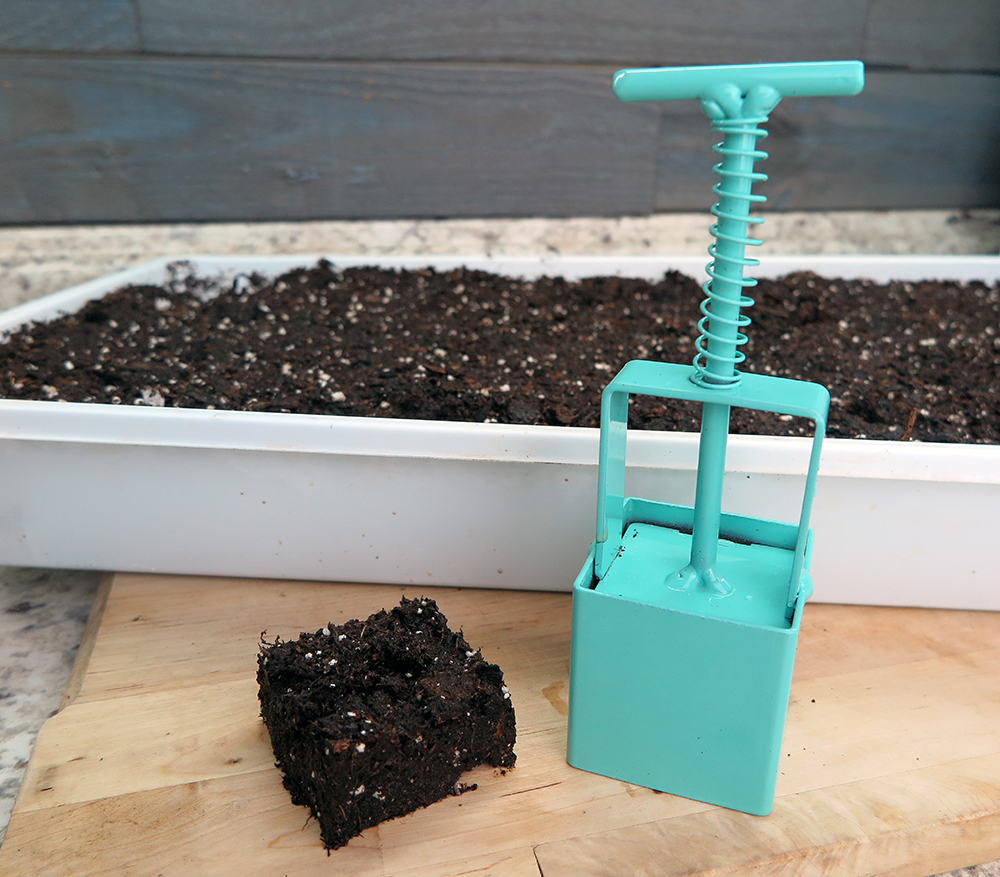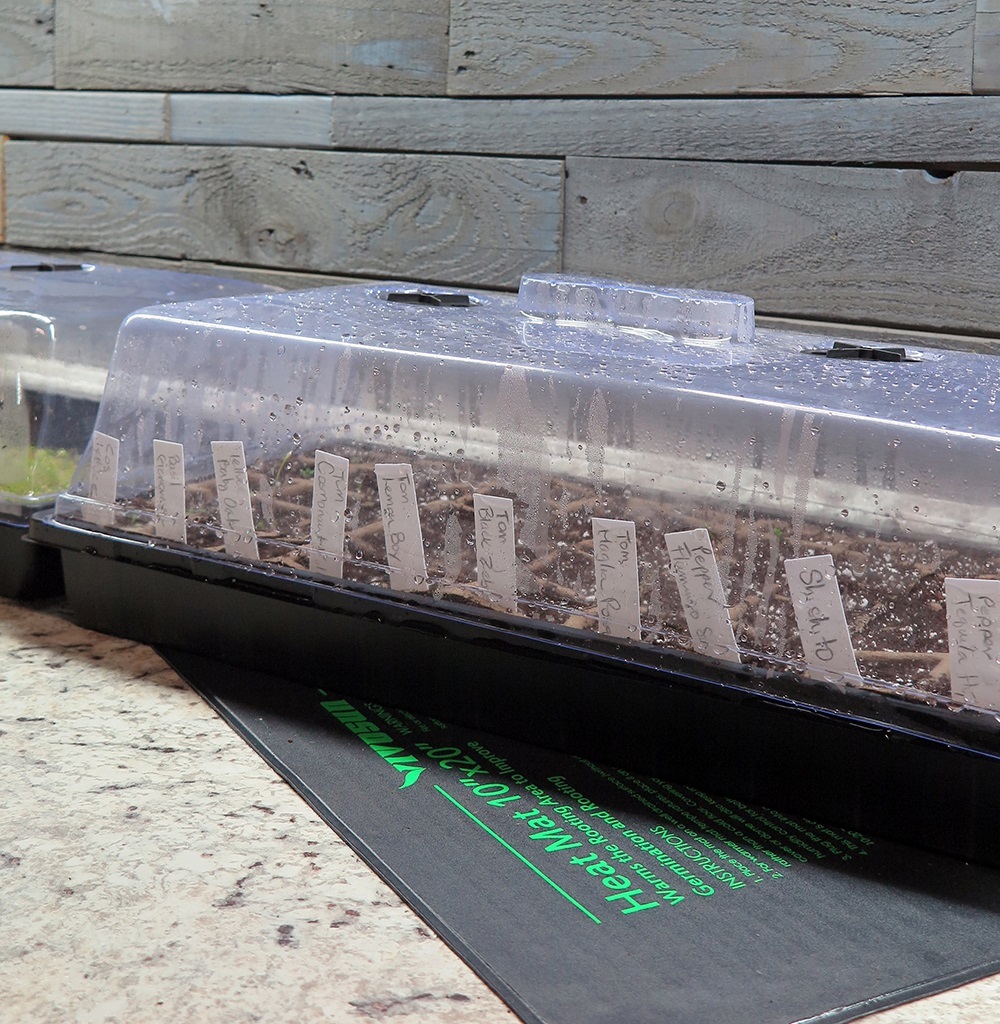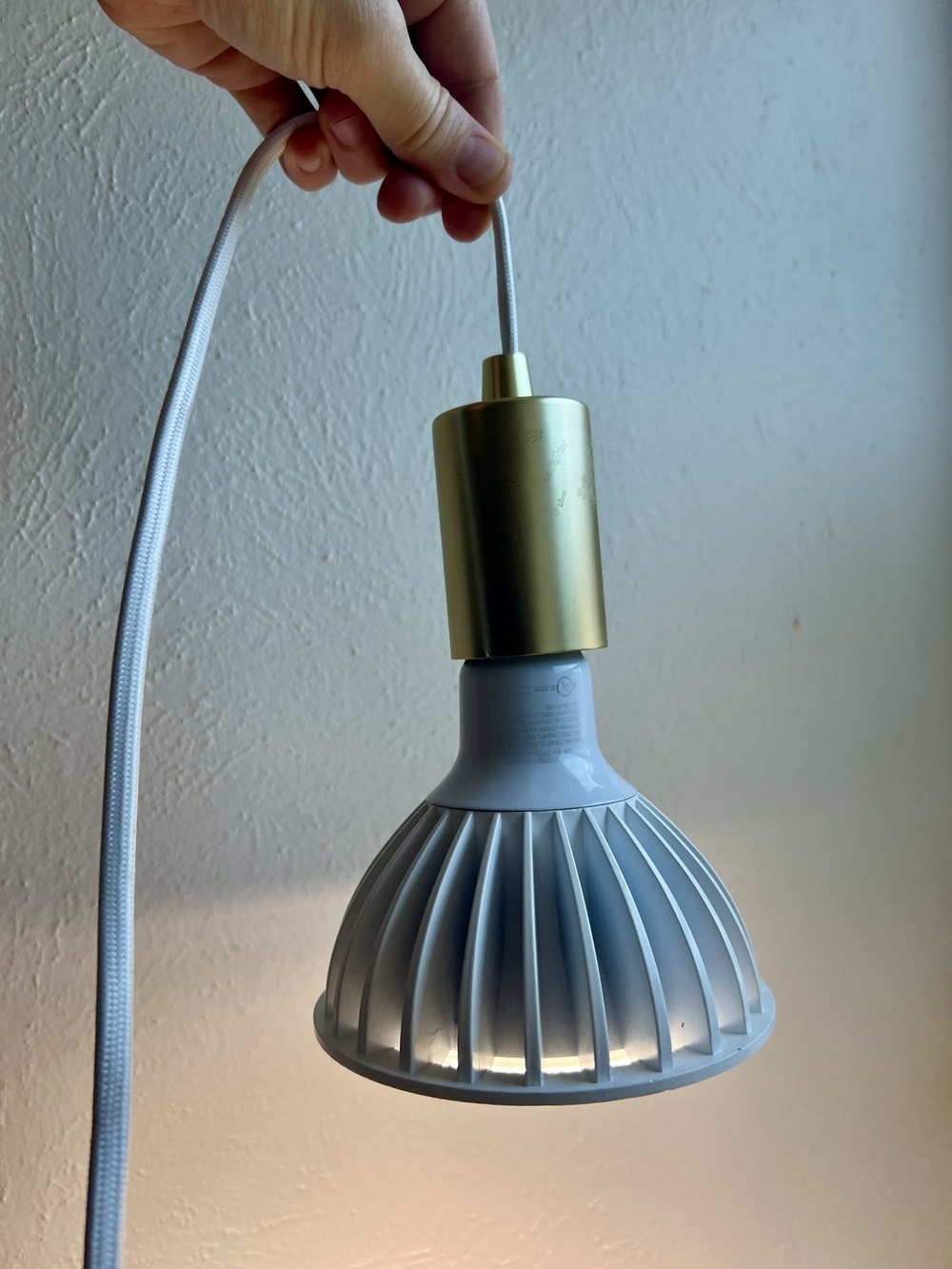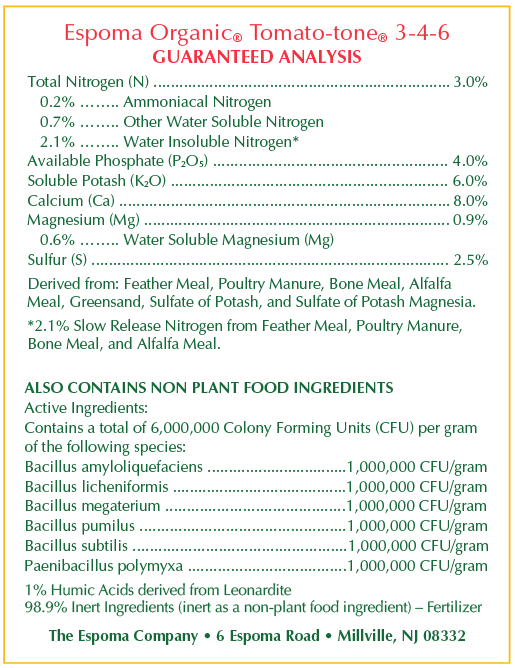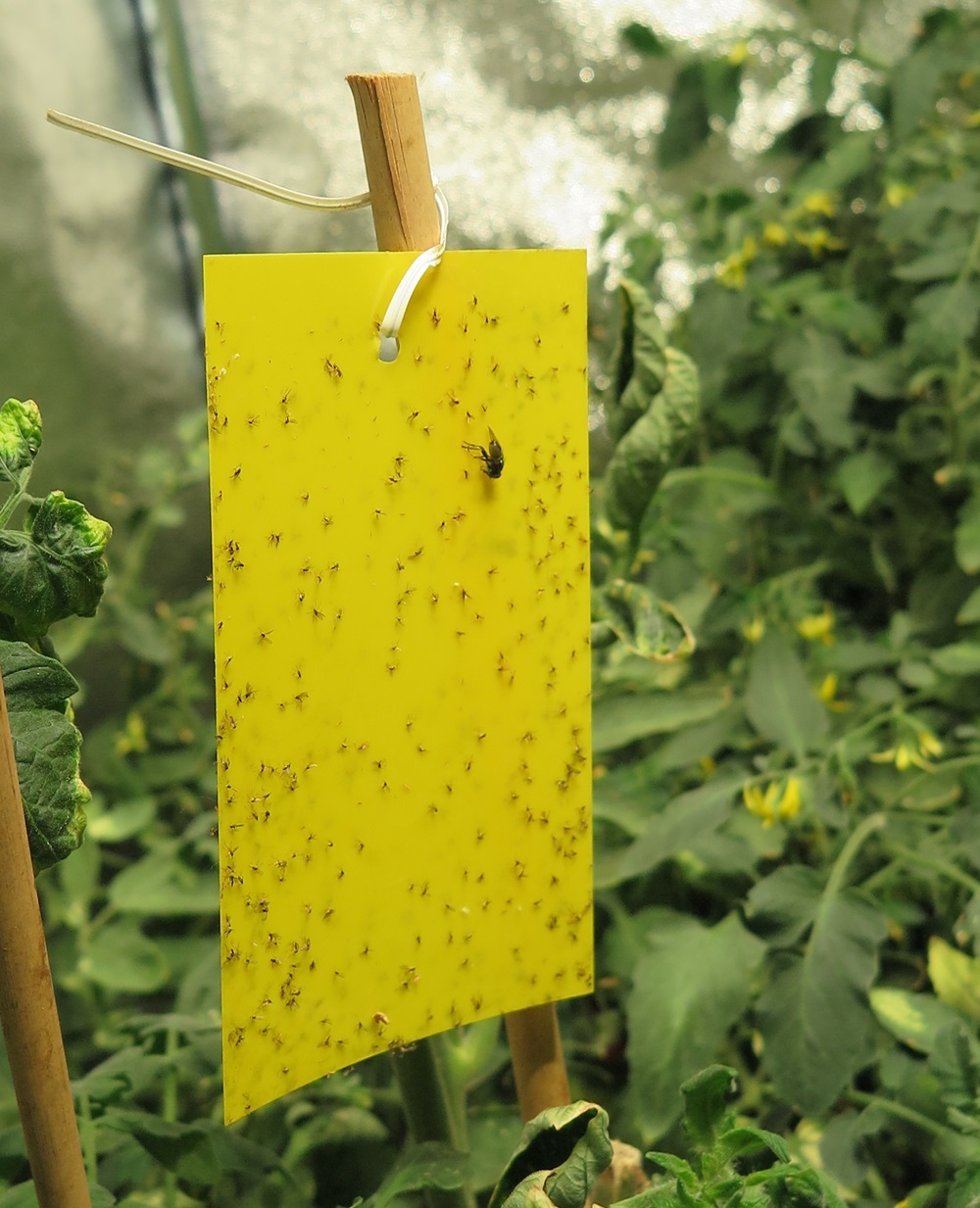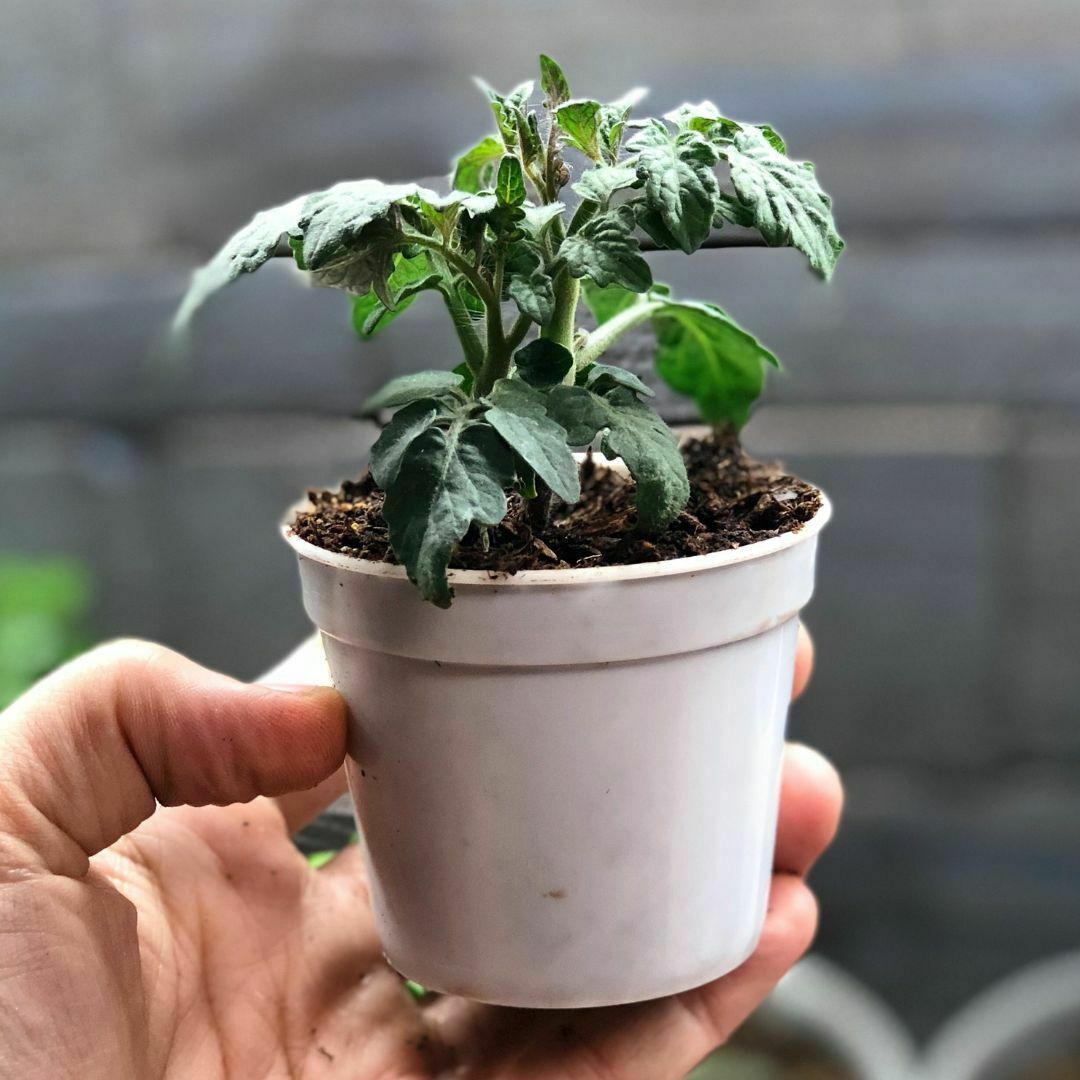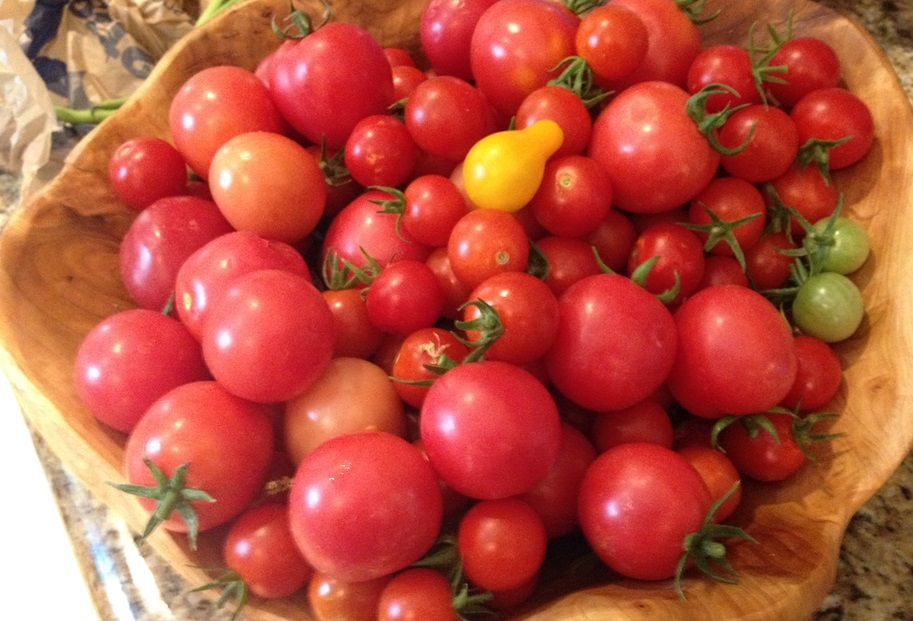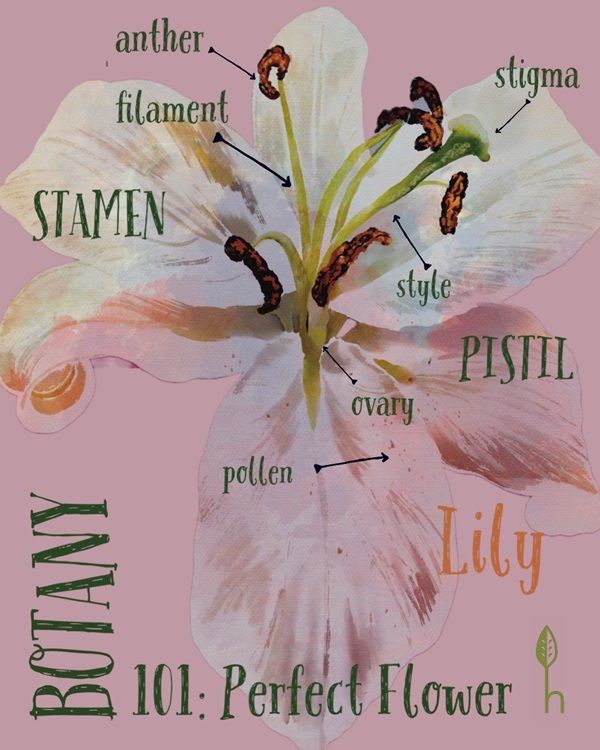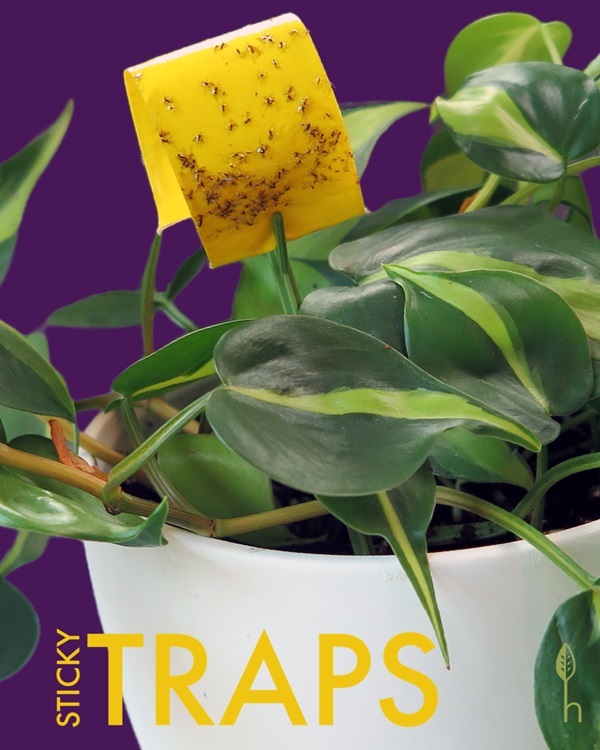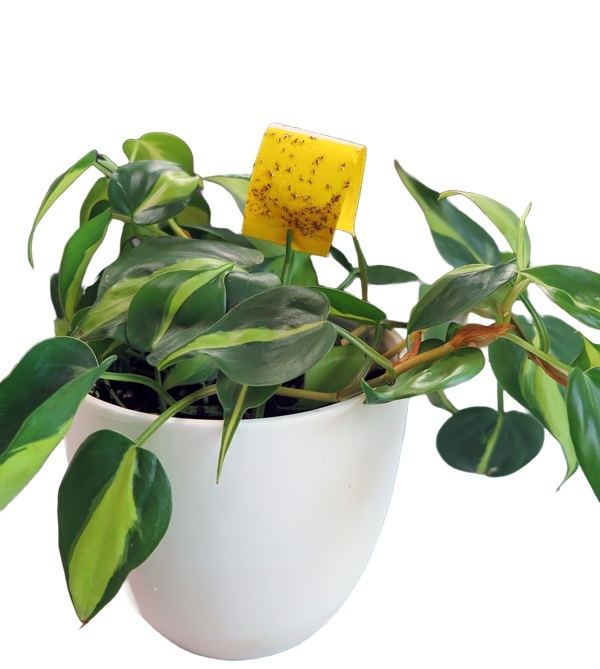What plants, gardening, and landscaping ideas are on trend?
Can Anyone Really Predict Garden & Plant Trends?
Before we dig into plant and gardening related ideas I think are growing in 2024, let me make a general statement about predicting trends. Anyone who tells you they can accurately predict trends is probably just blowing a bunch of hot air up your plantaloons. So, always take trend reports with a grain of salt and a splash of skepticism. Use them as a tool to evaluate what may, or may not, be relevant to you and your business or personal needs. That said, if you've ever before heard me give a talk about green industry trends at a conference, you'll know I do believe that you can:
a. create trends
b. control conversations around trends, and
c. follow the breadcrumbs left for you all over different forms of media, popular culture, and the market to get a good sense of what consumers - in this case gardeners, plant parents, homeowners and the like - are paying attention to. The things that look like they are becoming, or could be, current and future trends.
If you pay attention, you can either create your own trends, more quickly discover topics your target customer is paying attention to so you don't end up reacting to their wants and needs after it's too late, and a trend has already disappeared.
"The theme I'm giving 2024 in regards to gardening and houseplants is Go Natural, which really just translates to Make it Easier for Me..."
Here are my top picks for growing houseplant and gardening trends
So, what have I noticed going on in the marketplace - be it from monitoring major and minor media, social media, industry business, and my own students - and what what trends seeds have I personally planted in the last few years? Well, when it comes to the landscape I'm not seeing a lot of new trends, but rather a lot of rebranding of established trends. When it comes to indoor gardening and houseplants, I do see some more identifiable changes going on.
GARDENING & LANDSCAPING TRENDS
Maximalist Immersive Ornamedible Gardens
Ok, I made up "ornamedible" but I think you get my point! Again, edible landscaping is nothing new. People have essentially been doing this as long as agriculture and gardening have existed. And I was teaching edible landscaping classes twenty years ago. The key word here I think is immersive. Essentially, I'm seeing a desire to blend all disciplines of ornamental gardening, with the kitchen garden, with all the outdoor living amenities and features (such as seating, kitchens, water features, etc.). You know, an all inclusive space where you can sink yourself into your surroundings outdoors, which happen to include a bit of everything from flowers, to fragrance, to your kitchen garden, to you fruit trees, to container gardens, to where you relax outdoors. Rather, I suppose, than segregated outdoor spaces, we're just going to surround ourselves with everything, all at once. I think I'll call this "garden bathing"!
Funny enough, I kind of see the opposite thing going on in the houseplant world right now, which I'll address here in a minute.
"Less formal, more colorful and inclusive outdoor environments"
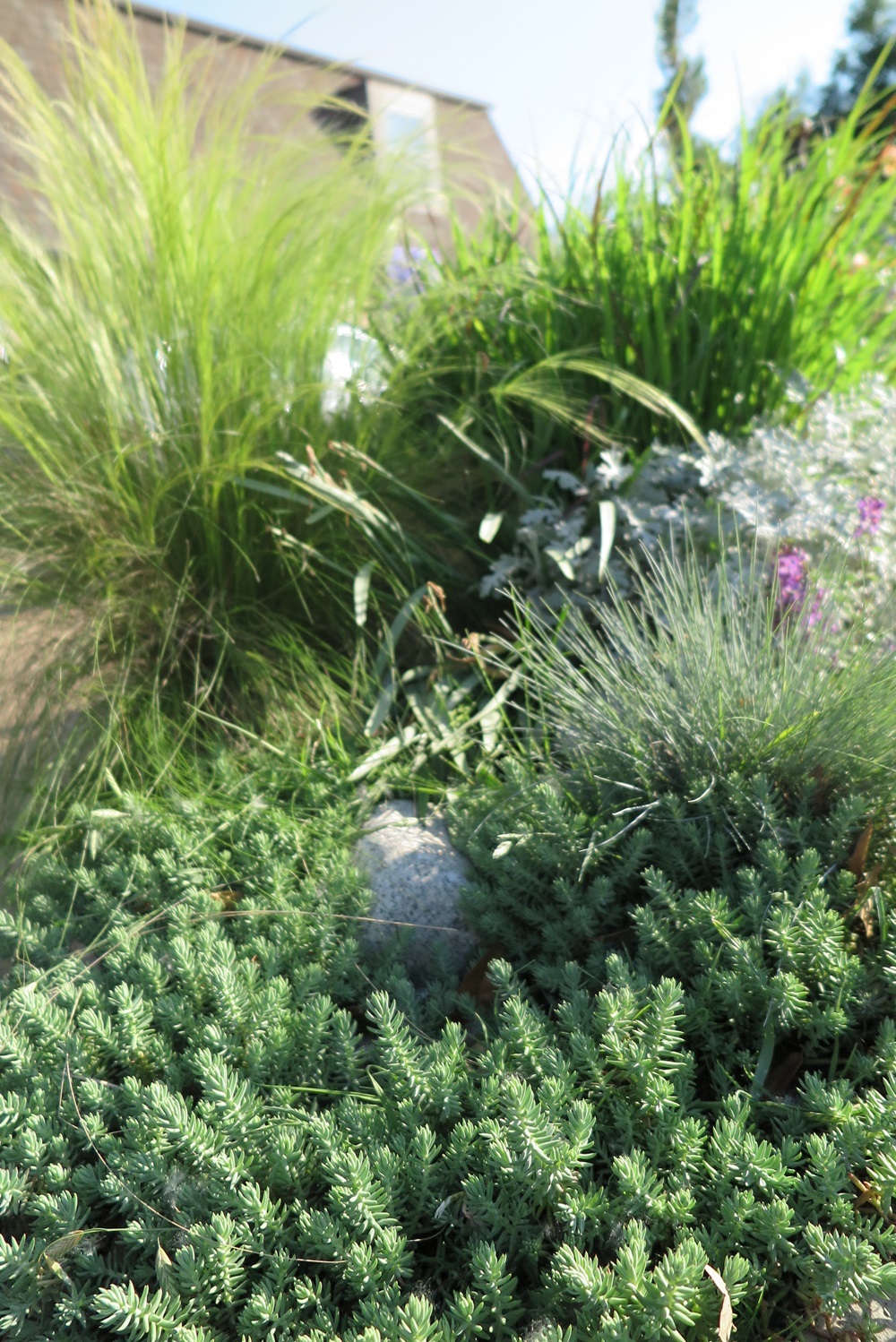
PC: Leslie F. Halleck
Eco-Lawns or No-Mow Lawns
Eco lawns, or eco-friendly lawns, which may also be referred to as no-mow lawns aren't anything new. So I don't really consider them a new trend for 2024, rather simply a rebranding of many forms of xeriscaping, or low-input low-maintenance landscaping. Now, this is not the same as prairie gardening or meadow gardens, which I'll talk about next (however you may see the terms used interchangeably), but rather replacing standard lawn grasses, or turfgrass as many of us in the horticulture industry refer to them, with really any type of garden plant, be it perennials, native plants, bulbs, succulents....whatever you think is pretty, or sustainable, or suits your maintenance needs. The goal being a prettier but more natural, less-manicured space, without the need for weekly mowing. We used to think of no-mow lawns more strictly in terms of replacing turfgrass with other very low growing "steppable" plants, such as creeping thyme, or other low-growing groundcovers that could handle foot traffic. Currently what I'm seeing is a more generalized shift into what I'd consider a traditional perennial border, or pollinator garden, and the like, being installed in a less formal style, in place of a conventional front yard lawn. Now, what plants you choose for an Eco-lawn should be well-adapted or native to your local area, and ideally be a more sustainable choice when it comes to resources and wildlife support. BUT, I'm also seeing plants being chosen simply for aesthetics again. So it's kind of a free-for-all when it comes to plants you replace your grass with. YOU DO YOU!
Now, unless you have a very sunny location, a lot of the eco-lawn or no-mow plant options promoted may not work for you. A spot that's too shady to successfully grow turfgrass isn't going to support sun-loving succulents or perennials. Soil drainage, rainfall, temperature, sunlight will all play a role in what plants you can, or can't, grow as a lawn alternative.
Meadow Gardens
Again, meadow gardens, or prairie gardens, aren't a new concept. They've come and go in some form many times over. I remember giving a talk oh, 10 or so years ago, at a Perennial Plant Symposium conference on "Restoring the Prairie, One Backyard at a Time" (article I wrote for Greenhouse Management Mag.) The prairie look and plant matrix approach first (this last time) took hold in the landscape design and architecture realm, and has spilled over in to home gardens and DIY landscaping. Over the last decade there's been increasing interest in prairie and meadow gardening in suburban yards, and a few different evangelists that now lead the prairie gardening charge. So meadow gardens can also be a form of Eco-lawn, or they may replace other more formal landscape design styles in existing landscape beds. Obviously, meadow gardens are very much focused on creating a natural look without all the traditional gardening maintenance that goes along with more traditional perennial and annual plantings. That's not to say you won't have some maintenance to do in a meadow garden from time to time, can take some time to get established, and will change and evolve over time, meaning some plants you didn't expect to take over may do so, and others may simply die out. So a meadow garden is by no means a set it and forget it approach to gardening, it's just different.
Now, realize that as much as prairie gardening enthusiasts want to insist this is the way you need to go in your home landscape, with only "native" plants, their way, or plants, may not work for you, given your climate, weather, soil, etc. As I always say, gardening is local...really it's ZIP CODE local. So if your region's natural environment is NOT naturally a prairie ecosystem, you may struggle to follow the advice or prairie planting lists provided in popular media. It's all about knowing your environment and the plants that will or won't work under your growing conditions, and finding appropriate alternatives. For example, if you have a very shady landscape, with a few large shade trees, don't expect to grow a field of blooming wildflowers or be able to create a traditional prairie look. It's not going to happen. You'll need to choose plants and groundcovers that can thrive in shady conditions.
Make it Easy for Me Landscapes: Grow Fluffy
Not much to say on this "trend" other than reducing labor and maintenance in the landscape is also nothing new and is still the top of most homeowner lists (with the exception of those who consider themselves gardeners). LOW WATER use plants that require LITTLE TO NO PRUNING. Pretty simple.
For any of you who want these landscape features, you need to go ahead and embrace my gardening style, which I call "fluffy gardening". Ditch the square holly and boxwood hedges, and let all your plants grow to their natural form and size (which means you have to plan from the beginning). Once you stop pruning them all the time, you'll end up with plants that actually flower and fruit, which will certainly make the birds and the bees happier.
HOUSEPLANT TRENDS
Edited Houseplant Collections
Ok, pandemic parents got a little overwhelmed with their huge plant collections, amassed over a relatively short period of time. Many were surprised at the amount of time, and mess, a big collection of big indoor houseplants needs and generates. So I'm seeing a lot of houseplant enthusiasts editing down their collections, or seeking out specific species that may be better suited to their needs. Especially as many of them have become much more educated on the subject. While trends might be moving into a more maximalist and colorful mix in the outdoor garden, I'm seeing more neutral interiors with a fewer, but more thoughtful, plant selections represented indoors. Interesting forms and shapes.
Now, let me be clear...most of them aren't giving up on houseplants. There's still a huge interested and pandemic collectors are still buying new plants. But I do see them becoming more analytical and purposeful about which plants they buy. So, not necessarily no houseplants, but rather more curated collections that are better suited to personal style and schedule.
"Ultimately, most of us are looking for how to make houseplants easier for us, while still maintaining our passion for plants and collecting."
Tiny Houseplants
Yeah, I'll just admit I've been forcing this trend on everyone since I put out my "Tiny Plants" book! But interestingly enough, I have felt a vibe lately, and I'm starting to get more new articles popping up about tiny plant trends. Again, an interest in tiny plants isn't totally new, anyone who has planted terrariums, vivariums, aquariums, or ripariums, is obviously dabbling in the world of tiny plants. BUT, I think smaller and miniature houseplants are starting to appeal to more houseplant enthusiasts as a direct reaction to downsizing some of their larger plant collections. Tiny plants allow you to keep collecting, but without filling up - or over filling - your space! If you only have a small space indoors with which to keep plants, or struggle with low humidity indoors, then growing tiny solves all sorts of problems and creates all sorts of opportunities. Again it makes collecting plants easier. I teach you ALL about it in my book.
But beware, a lot of the blog posts I see popping up lately about tiny plants, often don't actually include any tiny plants! Sorry, but a rubber tree, or an asparagus fern, or a Swiss cheese plant are NOT tiny plants, lol. So dig a little deeper if you're actually looking to grow tiny.

A collection of some tiny blooming Sinningia plants.
PC: Leslie F. Halleck
Aroids are SO Yesterday...Let's Bloom!
Ok, I don't think anyone is giving up on their Monstera or Philodendron anytime soon, nor should they. But I know there is a lot of fatigue from dealing with both very expensive and very high-humidity diva aroids (such as Anthurium). And I see a shift in preference to more color and to flowers. Obviously growing flowering plants usually requires grow-lighting, but after the last few years of home gardeners investing in more grow lighting, and the ease of use, availability, and quality of LED grow lighting available, growing indoor bloomers such as orchids and Gesneriads is making a comeback. You can learn more about setting up grow lights in my book "Gardening Under Lights".
Think miniature orchids, African violets, Streptocarpus, gloxinia, and the like...These small blooming plants can bring a lot of cheer indoors without a lot of work.
Indoor Trees & Olives: The new Fiddle Leaf Fig
Indoor trees are a thing again. Oh boy. Ok, let me just tell you right now that keeping olive trees indoors is not easy, just as keeping a fiddle leaf fig happy indoors in most home environments isn't easy either! That's because they are TREES that need a lot of light. But oh yeah, if you look at any of the popular furniture sites, magazine covers , etc, right now...there's the olive tree. So get ready for more requests.
Trees indoors in general is a decorating trend gaining popularity right now - again, because of how people see them styled in photo shoots - just like the infamous FLF - so get ready to modify your long-term expectations about indoor survival of such trees, be prepared to buy some grow lighting, and to potentially move such trees indoors only temporarily...then move them back outside. Or, you can just pick up one of the many FAKE olive trees you can find for sale right now! That's a thing right now too! Not really what I'd call going natural but it's definitely going easier.
Indoor & Outdoor Gardens: Give me ALL THE PEACH FUZZ!
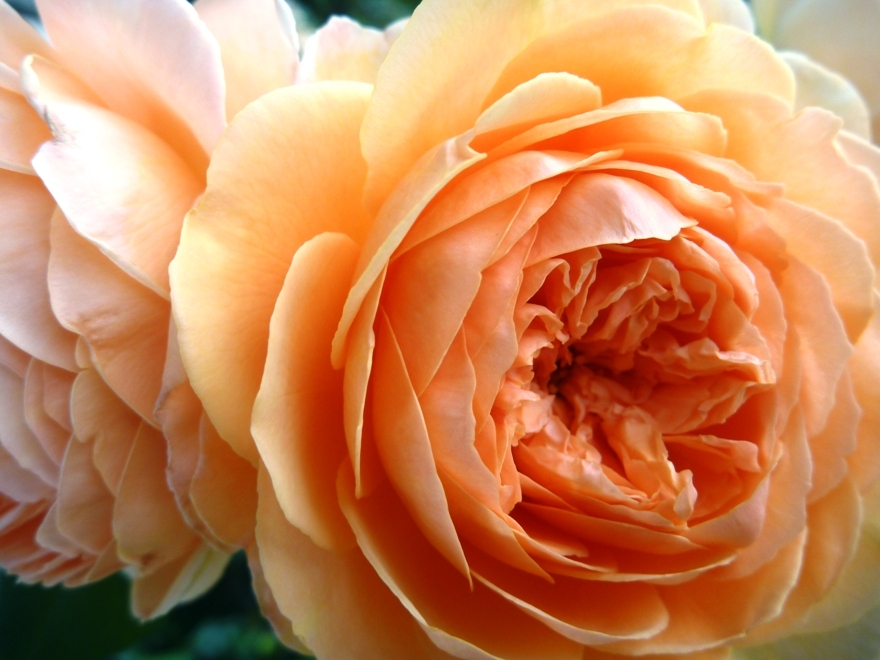
Rose 'Crown Princess Margareta'
PC: Leslie F. Halleck
Ok if you want to get in on some color trends and play along with Pantone's annual "trend" creation, then peach fuzz it is! Now, I'm including this because I happen to have a particular penchant for peach plants...along with an affinity for alliteration. (I'm sorry, I had to do it!). So I'm getting on board with peach fuzz and if you are too here is a list of some of my favorite peach flowering or foliage houseplants/tropicals:
- Philodendron 'McColley Finale', 'Prince of Orange'
- Anthurium 'Joli Peach'
- There are a BUNCH of succulents that have foliage color ranging into peach - Echiveria 'Peach Garden', 'Peach Curls', Pachyphytum 'Peach Beauty', Graptosedum 'California Sunset'...I mean there are a bunch.
- As well as many succulents with peach colored flowers
- Lewisia longipetala 'Little Peach'
- Kalanchoe blossfeldiana 'Orange;'
- Hibiscus rosa-sinensis 'Peach' but there are a bunch of hibiscus cultivars in the peach range
- Plumeria 'Penang Peach'
- There are several peach flowering Abutilon cultivars - 'Thompson's Variegated Peach', 'Blushing Moonlight', Victor Reiter’
- Ixora 'Peach Delight' but there are several other cultivars in the peach/orange range.
- Copper plant could get in the mix - Acalypha wilkesianaTillandsia capitata ‘Peach’ - the silver leaves turn a nice peach color (AND They are already fuzzy!)
- Philodendron 'McColley Finale', 'Prince of Orange'
There are other "vibes" I could talk about in terms of gardening and houseplant trends right now, but I think this is enough to digest for now! What trends are you seeing, or what trends would you like to start?

